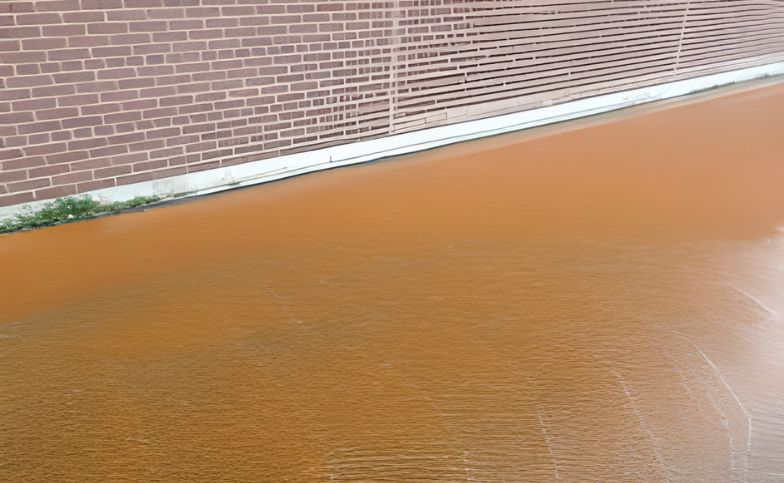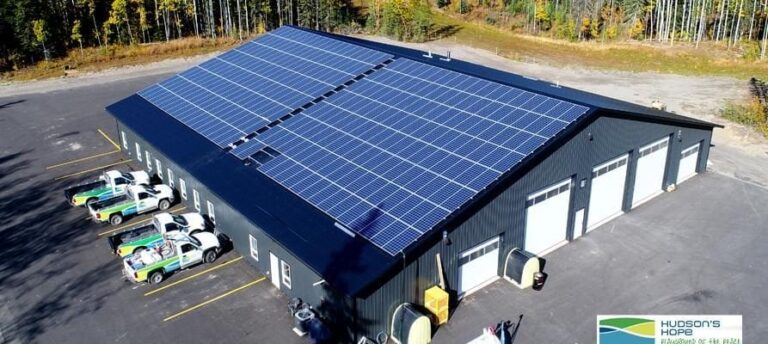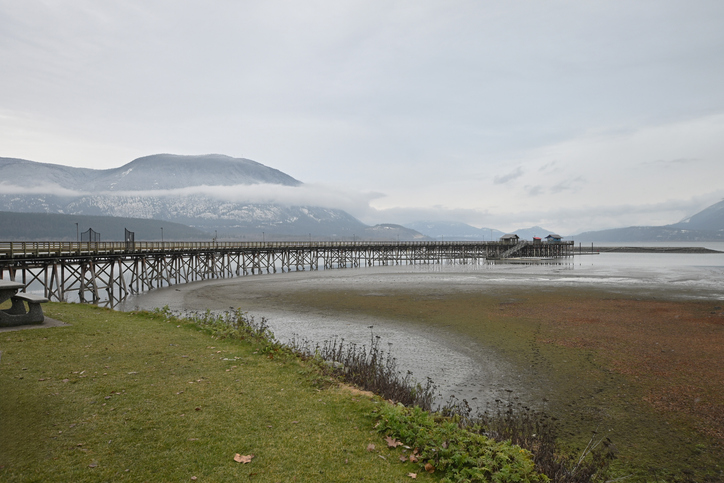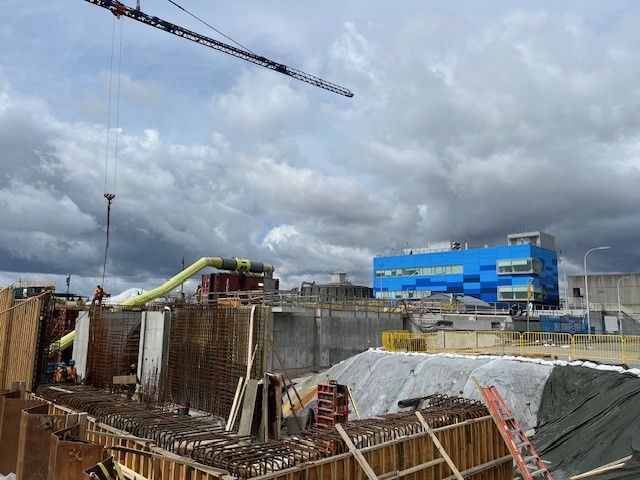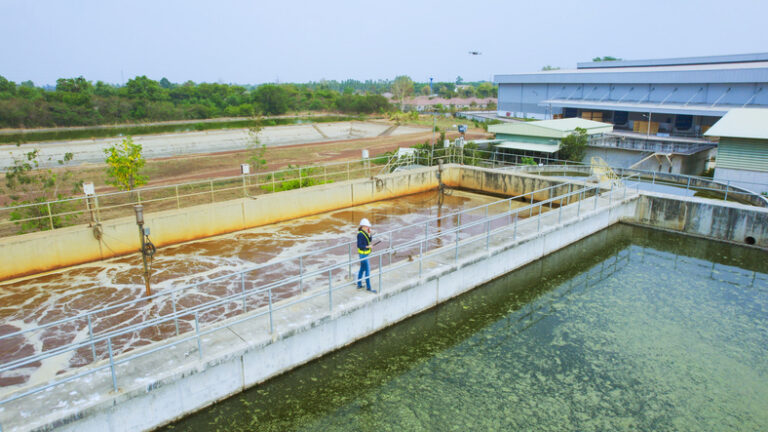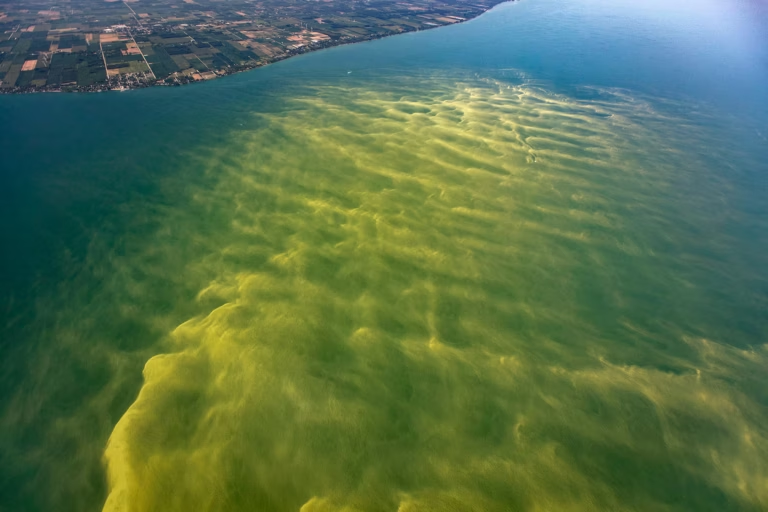Several schools in southeastern Ontario have taken decisive steps to protect students and staff from lead exposure in drinking water by replacing aging plumbing systems with lead-free thermoplastic piping. The multi-year retrofit project, completed in partnership with Canadian manufacturer IPEX, has significantly reduced lead levels and could serve as a model for other school boards across the country.
The initiative began after routine testing revealed high lead concentrations in potable water at four high schools and three elementary schools. Many of the buildings, constructed before 1990, still contained metallic pipes and fittings that leached lead into standing water—a risk heightened during long periods of low or no water use. Initial flushing of the schools’ potable water systems showed visibly discoloured discharge.
A report by IPEX Canada on the project indicates that no safe level of lead exposure for children. Even low concentrations can cause irreversible neurological damage, behavioural problems, and developmental delays. In 2019, Health Canada halved the maximum acceptable concentration of lead in drinking water from 10 parts per billion (ppb) to 5 ppb.
While Ontario still uses the 10 ppb limit, school boards have been urged to modernize water infrastructure to meet the stricter national guideline. For the southeastern Ontario district, that meant finding a durable, cost-effective alternative to metal plumbing.
After consulting with IPEX’s technical team, the district chose AquaRise®, a chlorinated polyvinyl chloride (CPVC) piping system certified to NSF/ANSI 61 standards for potable water. The material is lead-free and offers resistance to corrosion from chlorine and other water treatment chemicals. Its smooth interior surface helps limit the buildup of biofilm and scale, contributing to improved water quality and longer system performance over time.
Installation required careful mapping and the phased replacement of copper and lead pipes across seven facilities. The project spanned three years, with each school undergoing several weeks of work to minimize disruption to classes.
Testing conducted during the 2023–2024 school year showed a dramatic improvement: the number of water samples exceeding Health Canada’s 5-ppb threshold dropped by 89 per cent compared to pre-installation levels.
“The reduction in lead levels not only meets safety standards but brings peace of mind to the community,” said Phil Plath, an outside technical sales representative with IPEX who supported the project.
The results highlight a growing need for provinces to harmonize their testing protocols and standards. In Ontario, schools are required to test one fixture per year, a practice critics say may miss problem areas. By contrast, British Columbia mandates testing all fixtures at least once every three years.
Experts say adopting stricter sampling rules, alongside funding for pipe replacements, could help eliminate hidden sources of contamination in schools across Canada.
For the Ontario district, the shift to lead-free CPVC has already delivered measurable benefits: cleaner water, safer learning environments and a clear path toward compliance with future regulations.

